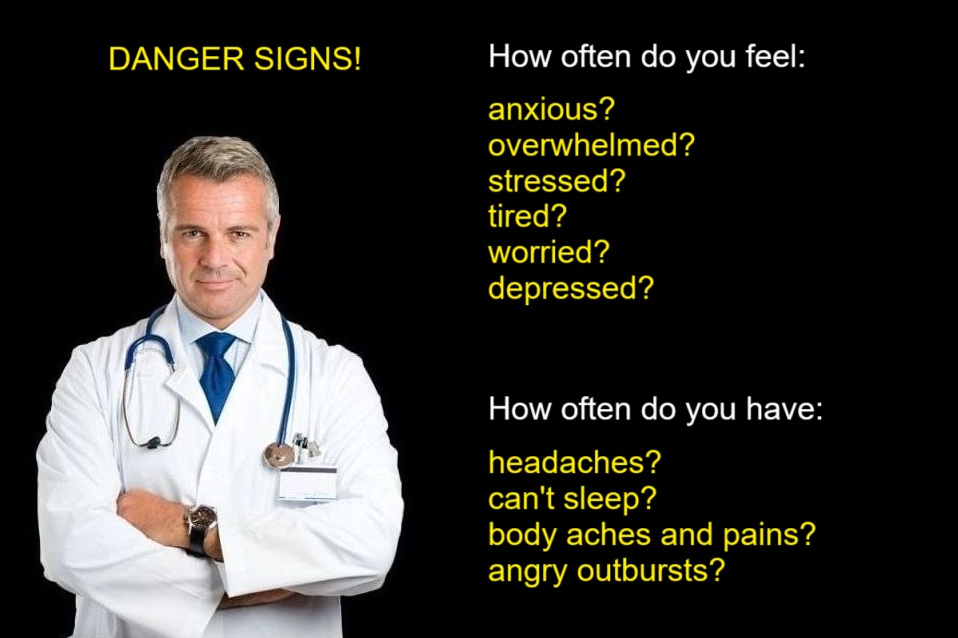In a world where medical advancements seem to race forward at breakneck speed, a sobering reality persists: individuals with dementia often wait an average of 3.5 years from the onset of symptoms to receive a formal diagnosis. For those with early-onset dementia, this delay stretches even further, averaging 4.1 years. A groundbreaking study led by researchers at University College London (UCL) has brought this issue into sharp focus, revealing the complex web of factors contributing to these prolonged diagnostic timelines. Published in the International Journal of Geriatric Psychiatry in July 2025, the study underscores an urgent need for systemic change to ensure earlier detection and better support for the estimated 57 million people worldwide living with dementia.
A Global Health Challenge
Dementia, an umbrella term encompassing conditions like Alzheimer’s disease, frontotemporal dementia, and vascular dementia, affects cognitive functions such as memory, communication, and problem-solving. According to the World Health Organization (WHO), the global prevalence of dementia is rising, with projections estimating 82 million cases by 2030. Despite its growing impact, timely diagnosis remains a significant hurdle. The UCL study, which analyzed data from 13 international studies involving 30,257 participants across Europe, the United States, Australia, and China, found that only 50–65% of dementia cases are diagnosed in high-income countries, with even lower rates in low- and middle-income nations.
The consequences of delayed diagnosis are profound. Early detection can unlock access to treatments that slow symptom progression, improve quality of life, and allow families to plan for the future. Without it, patients and caregivers face prolonged uncertainty, limited support, and missed opportunities for intervention. “The delay in diagnosis leaves individuals and their families in limbo, grappling with symptoms without the resources or understanding they need,” said Dr. Vasiliki Orgeta, the study’s lead author and an associate professor at UCL’s Division of Psychiatry.
Why the Delay?
The UCL study identifies a constellation of factors contributing to the 3.5-year diagnostic gap. One major barrier is the subtlety of early dementia symptoms, which are often mistaken for normal aging. Memory lapses, difficulty finding words, or changes in mood can be dismissed as “senior moments” by patients, families, or even healthcare providers. Dr. Phuong Leung, a co-author of the study, emphasized, “Symptoms of dementia are frequently misinterpreted, and low public awareness compounds the issue, discouraging people from seeking help.”
For younger individuals, the diagnostic journey is even more protracted. Early-onset dementia, which affects those under 65, often presents with atypical symptoms such as behavioral changes or language difficulties rather than memory loss. These nuances can lead to misdiagnoses, with symptoms attributed to stress, depression, or other conditions. The study found that frontotemporal dementia, the most common form in younger populations, is particularly challenging to diagnose, often taking longer than other subtypes due to its varied presentation.
Systemic issues within healthcare systems further exacerbate delays. Inconsistent referral pathways, limited access to specialists, and under-resourced memory clinics create bottlenecks. In some cases, language barriers or a lack of culturally appropriate assessment tools hinder accurate diagnosis, particularly for minority groups. One study reviewed by the UCL team noted that Black patients experienced longer delays than their white counterparts, highlighting potential racial disparities in access to care.
Fear and stigma also play a significant role. Many individuals hesitate to seek medical advice due to the societal perception of dementia as a devastating, untreatable condition. “The stigma surrounding dementia can be paralyzing,” said Dr. Adel Aziz, a cognitive and behavioral neurologist at Hackensack Meridian School of Medicine. “Patients and families may delay consultations out of fear of confirmation or because they feel there’s little that can be done.”
The Human Cost of Waiting
The 3.5-year delay is more than a statistic—it represents years of missed opportunities. Early diagnosis allows access to medications like cholinesterase inhibitors or memantine, which can alleviate symptoms in some patients. Non-pharmacological interventions, such as cognitive stimulation therapy or lifestyle changes, can also slow disease progression. For instance, a 2024 study published in The Lancet found that addressing modifiable risk factors—such as physical inactivity, smoking, and social isolation—could prevent or delay up to 40% of dementia cases.
For families, a timely diagnosis provides clarity and access to support services, including caregiver training and respite care. Without it, caregivers often shoulder the burden of managing symptoms without guidance, leading to stress, burnout, and financial strain. In the United States, the Alzheimer’s Association estimates that unpaid caregivers provide $390 billion in care annually, a figure that underscores the economic toll of delayed diagnosis.
The impact is particularly acute for those with early-onset dementia, who may still be working or raising families when symptoms emerge. A 4.1-year delay can mean years of professional and personal disruption, as individuals struggle to maintain their roles without understanding the cause of their difficulties. “These individuals are often in the prime of their lives, and the delay in diagnosis can rob them of critical time to adapt,” said Dr. Orgeta.
A Path Forward: Solutions and Innovations
The UCL study calls for a multi-pronged approach to address diagnostic delays. Public awareness campaigns are essential to educate communities about early dementia symptoms and reduce stigma. Initiatives like the Alzheimer’s Society’s “Know the Signs” campaign, launched in 2024, have shown promise in encouraging earlier consultations by highlighting symptoms such as difficulty with planning or changes in personality.
Training for healthcare providers is equally critical. General practitioners, often the first point of contact, need better tools to recognize early signs, particularly for less common forms like frontotemporal dementia. The development of standardized diagnostic criteria could also streamline the process, ensuring consistency across healthcare systems. Dr. Orgeta advocates for a “clear conceptual framework” developed with input from patients, caregivers, and clinicians to guide timely diagnosis.
Technological advancements offer hope for closing the diagnostic gap. In 2024, researchers at the University of Cambridge developed a blood test that predicts dementia with 80% accuracy up to nine years before diagnosis. Such tools could revolutionize early detection, allowing intervention before significant cognitive decline. Additionally, artificial intelligence (AI) is being explored to analyze medical records and identify patterns indicative of dementia, potentially flagging at-risk individuals for further evaluation.
Healthcare system reforms are also needed. Expanding access to memory clinics, improving referral pathways, and ensuring culturally sensitive assessments can address disparities. For example, the National Health Service in the UK launched a 2025 initiative to increase funding for dementia diagnostic services, aiming to reduce wait times by 20% by 2027.
A Call to Action
The UCL study serves as a wake-up call for governments, healthcare providers, and communities worldwide. With dementia cases projected to rise, the 3.5-year diagnostic delay is a public health crisis that demands immediate action. “We need to work collaboratively with those affected by dementia to create strategies that prioritize early identification,” said Dr. Orgeta. “Every day counts when it comes to improving outcomes.”
As the global population ages, the stakes are higher than ever. By addressing the barriers to timely diagnosis—stigma, misinterpretation, and systemic inefficiencies—we can empower individuals and families to face dementia with the support they need. The silent wait of 3.5 years is not just a delay; it’s a call to rethink how we approach one of the most pressing health challenges of our time.












